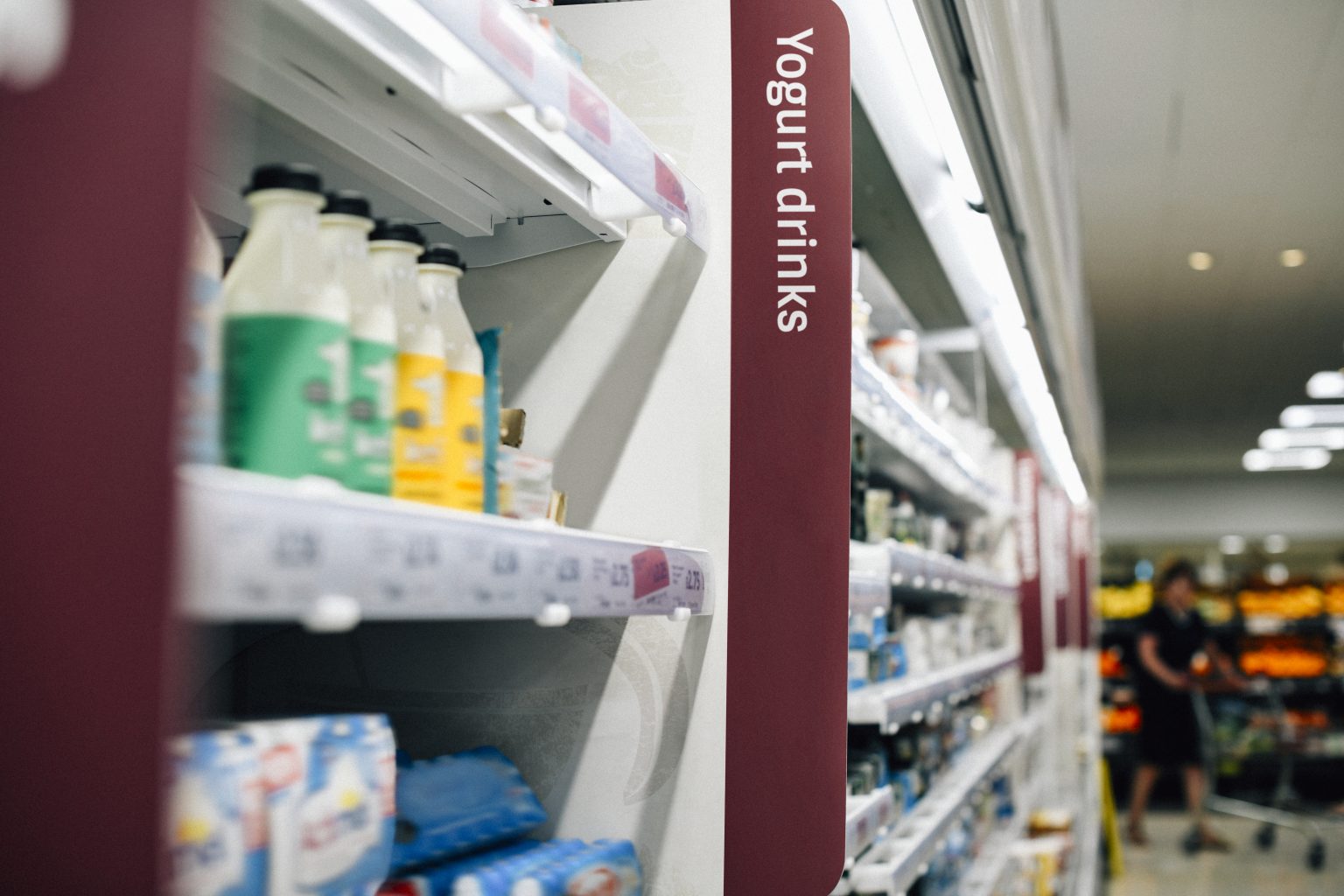When you walk through the halls of a store, you might feel like the placement of that sweet you love right on the cashier counter is random, or that your favourite brand in the centre of the shelf is just an easy convenience. But nothing is by chance. When it comes to product placement, shelf distribution, and the whole layout of the store is based on data.
Retail analytics tools are at the centre of this strategy to increase profit by providing a seamless experience to customers and driving them in the right direction. Leading them not only to the products they already went to the store to buy but also showing them other options, they might need or like to have a try.
Traditionally, store layouts were crafted based on historical trends, industry norms, and a merchant’s keen understanding of consumer behaviour. However, the rise of spatial analytics marks a departure from this traditional approach. Retailers are now employing advanced technologies to gather and analyse real-time data, offering insights into customer movement, preferences, and interactions within the physical space.
Optimizing Customer Flow:
One of the key benefits of spatial analytics is its ability to unravel the patterns of customer flow within a store. By deploying sensors, Radio Frequency Identification (RFID) tags, and other tracking technologies, retailers can generate heatmaps and movement patterns that unveil the most frequented areas, popular product zones, and potential bottlenecks. Armed with this data, retailers can strategically place products, signage, and displays to optimize the flow of customers and enhance their overall shopping journey.
Product Placement and Visibility:
Spatial analytics empowers retailers to go beyond traditional product placement strategies. Instead of relying solely on gut feelings or industry norms, retailers can now make informed decisions about where to position products based on actual customer behaviour. Areas with high foot traffic or prolonged customer dwell time become prime real estate for featured or promotional items, ensuring maximum visibility and increased chances of spontaneous purchases.
Also, by analysing data across different time frames, such as days, weeks, or seasons, retailers can adapt their store layouts to align with changing customer preferences and behaviours. This flexibility ensures that the store remains responsive to evolving trends, creating an environment that resonates with the current needs and expectations of its customer base.
Enhancing Customer Engagement:
Spatial analytics isn’t just about optimizing layouts; it’s also about creating immersive and engaging in-store experiences. Retailers can leverage data insights to design interactive displays, incorporate digital signage, and experiment with emerging technologies such as augmented reality. These enhancements not only capture customer attention but also provide retailers with valuable data on how customers interact with these experiences.
Implementing spatial analytics, however, comes with notably concerns about privacy and data security. Retailers must be transparent, ensuring that customer data is handled ethically, with a commitment to privacy and adherence to regulations.
As technology continues to advance, spatial analytics is poised to play an even more important role in shaping the future of retail. Emerging technologies like augmented reality and artificial intelligence are likely to further revolutionize store layouts, providing retailers with innovative tools to deliver personalized, data-driven experiences.
Integrating these elements ensures that stores not only meet the functional needs of consumers but also anticipate and shape their preferences. As retailers continue to embrace the possibilities of spatial analytics, the future promises a retail experience that is both strategic and deeply attuned to the ever-changing desires of the consumer.



